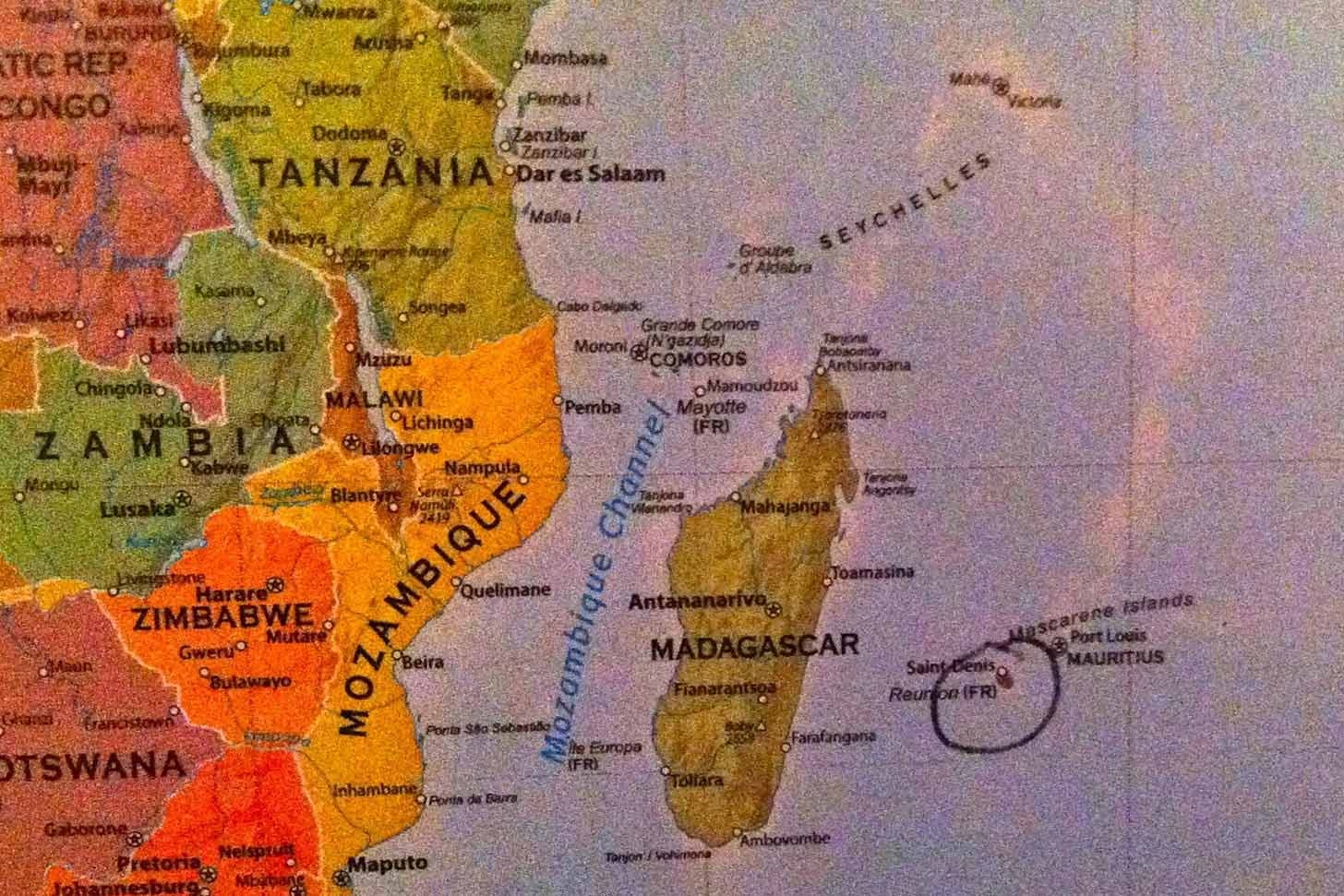Never heard of La Réunion? You're not alone.
When thinking about living abroad for seven months, my emotions range from complete excitement and enthusiasm, to nervous anxiety, to temporary spurts of panic. No matter how much reading I do from guidebooks or the Internet, it’s still so difficult to know exactly what to expect once I arrive.
I know that the sudden drop into a completely unfamiliar territory is partly what makes travelling so exhilarating. But like many people, I find comfort in having a clear understanding of exactly what to expect in new situations.
At the end of September, I will be heading to the overseas department of France, La Réunion to be an English Language Assistant. And if you’ve never heard of La Réunion, don’t feel embarrassed—most people I talk to never have either.
Sometimes it’s a challenge to even describe to friends and family where I will be going in the fall. My descriptions include, “It’s part of France, but it’s in the Indian Ocean, off the coast of Africa” or “It’s an island in between Madagascar and Mauritius, but don’t worry it’s completely safe and they use the Euro.” Sometimes these descriptions leave people more confused.
So I think in this situation, a visual cue might be useful. Picture above is a map my boyfriend has hanging in his family’s kitchen, in which he has so helpfully circled La Réunion.
To ease my anxiety about the great unknown, I’ve done my best to research La Réunion. Here are just a few things I’ve learned from travel guides, news articles and other travellers to the island:
• English is not widely spoken or understood. French and Creole are the most common languages and are often blended together to become what is known as Réunion Creole. (It looks like my partial understanding of French may be stretched.)
• While still officially a part of France, this island has a unique blend of Creole, African, Indian, Chinese and French heritage.
• It takes approximately three hours to drive around the circumference of the entire island. (Thank you Google maps!)
• There is public transportation, however most people rely on cars or scooters to travel, as buses can be unreliable. Hitchhiking is a fairly common method of getting around and from what I’ve heard it’s quite safe as well.
• Even with an area of only 2,512 km², the island is a mix of mountainous landscapes, waterfalls, forests, beaches and active volcanoes.
From the initial impressions I’ve had about my trip, I’ve gone through phases of complete fear of being lonely, isolated, lost and unable to communicate. Yet when I put my apprehensiveness aside, I am fascinated by what I have learned so far about this unique part of the world that seems to be relatively unexplored by North Americans.
I am motivated by the challenge of living in a new place in which I don’t fully speak the language. I am excited to be immersed in such a mix of cultures in such as small territory. Also, who couldn’t be happy about living near luxurious beaches while the rest of Canada freezes during the winter? I also fully believe in doing the things I am most afraid of because that just makes for better stories.
